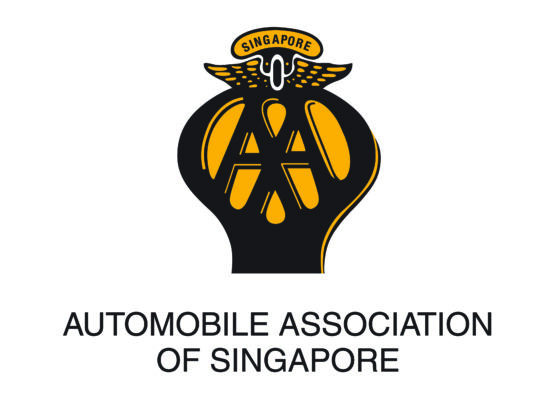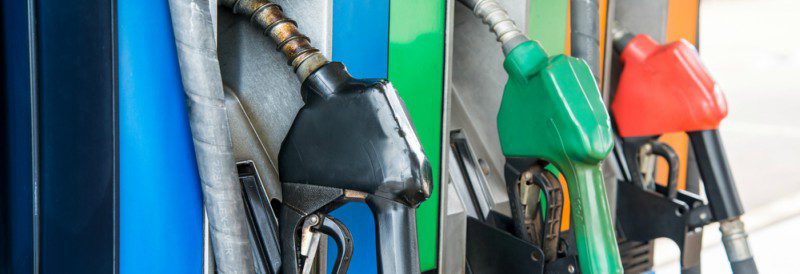Imagine being able to extend your car’s fuel range by another 200 to 250km while being kinder to the environment, enjoying a generous rebate from the government and lowering your overall fuel bill. Then top off this tall order with a purchase price of a new car that’s more affordable than the standard model.
Since October 2006, this scenario has become a reality when the Land Transport Authority (LTA) and the National Environment Agency (NEA) extended the Green Vehicle Rebate (GVR) to include cars and taxis that could run on Compressed Natural Gas (CNG).
Previously limited to hydrogenpowered, electric and hybrid vehicles, the GVR is meant to encourage environmentally-friendly motoring by narrowing the price differencebetween Green Vehicles and conventional ones, thus making it more affordable to adopt a less pollutive form of transport.
As the costs of CNG systems and conversion kits have lowered in recent years, it is now possible to own a cleaner emissions vehicle that’s actually cheaper than the standard model.
Many parallel importers and taxi this benefit and are having CNG systems installed in their cars by approved specialists such as Scantruck Engineering Pte Ltd.
Although the population of CNG cars is still small, the rise in registrations since the GVR scheme was extended to include CNG vehicles is telling. Where just one CNG-powered passenger car per year was registered from 2002 to 2005, this figure jumped to 214 in 2006.
The registration figures for 2007 have not yet been released by the LTA at the time of writing, but the CNG population is expected to increase dramatically given that the bulk of these registrations presumably occurred only after October 2006 following the inclusion of the GVR rebate.
Yet, despite the obvious cost savings and environmental benefits (see CNG vs PETROL), the adoption of CNG technology by the majority of motorists is still relatively slow.
Members of the local car industry from brand principals to official importers and suppliers, such as Scantruck Engineering that Highway spoke with, agree that the main reason for the slow market penetration of CNG cars has more to do with the lack of an infrastructure to support this technology.Currently, Jurong Island is the only facility in Singapore that has a CNG filling station.
As Jurong Island is classified as a high security area, access is restricted to pass holders and is almost impossible for the general public to refuel their CNG cars there.
Fortunately, the growing CNG taxi population has put pressure on various agencies to increase the availability of service stations that provide CNG. Mandai is understood to be the next location to offer a CNG refuelling facility but it has yet to be announced if this site will be operated by major oil companies like Esso and Shell or if a new energy company will make its debut with the CNG refuelling service. Smart Automobiles Pte Ltd, which operates the Smart Taxi company, is touted to be Singapore’s next CNG provider with a filling station that’s easilyavailable to the public.
When CNG becomes more easily available, it is also likely that manufacturers will offer a wider range of cars that run on this technology. Previously, Mercedes-Benz and Volvo have offered CNG-powered models but both have stopped marketing these cars until the infrastructure improves.
For current owners of CNG-powered cars, the unavailability of this fuel in Singapore doesn’t seem to be a problem. As the original fuel tanks are still retained, owners of these cars still have the option of driving using petrol. While some are happy to enjoy the upfront cost savings that the GVR offers, others don’t mind driving across the Causeway where the infrastructure for CNG is more established. There are 35 CNG filling stations in Peninsula Malaysia and five of these filling points are in Johor.
For the interim, Scantruck Engineering is also looking into providing what it calls a “mother-daughter” service where a tanker truck is filled with CNG at Jurong Island and transported to its property in Tuas where its customers’ cars can be filled up.
Elsewhere in the world, CNG has been widely adopted, with Argentina, Iran and Italy being the biggest users of this alternative fuel.
CNG vs PETROL
Although studies indicate that CNG engine emissions are generally 25 percent lower than an equivalent petrol output, it is the cost savings through the GVR and the lower price of the fuel that will be the bigger attraction for the majority of buyers.
As CNG is measured in kilogrammes instead of litres, it sells for around $1.11 per kg. One of the smallest and most popular tank sizes for CNG cars fitted by Scantruck Engineering is 55-litres and holds 19kg of CNG. It costs around $9.30 to fill and when used in a 1.5-litre Honda City a full tank of CNG gives it a range of around 200km. In petrol mode, the City travels an average of 13 km per litre, which would require just over 15 litres of fuel to cover the same distance. At $1.83 per litre for 95 Octane petrol, this would cost $27.75 versus the $9.30 for CNG.
Running a car on CNG is not without its disadvantages. A typical petrol engine’s power output for example is reduced by around 10 percent. As the loss of power is only apparent at the upper end of the rev band, normal driving conditions, especially in heavy traffic, rarely show up this power deficiency as Highway experienced in a Toyota Wish that had been fitted with the CNG system.
When weighed against the cost savings that CNG has to offer however, a few horsepower less is a small price to pay.
A Porsche that runs on CNG Since it began its CNG installation operations earlier this year, Scantruck Engineering has converted 67 vehicles. While the bulk of its conversions consist of taxis and parallel import cars, its clientele also extends to several forward-thinking individuals.
The range of cars that have been converted include the Honda City, Mitsubishi Outlander, Hyundai Azera and turbocharged cars such as a Saab 9-3 Troll. Incredibly, one owner of a Porsche Cayman has sent his car to Scantruck for a CNG installation.
Francis Leong, Deputy Managing Director at Scantruck Engineering, explains to Highway that most owners have cars converted because they have a genuine fascination for this technology and are early adopters. “This was certainly the case of a Porsche owner, as fuel costs are not a big problem for someone who can afford such a sports car,” he adds.
As cars converted after registration are not entitled to GVR, the advantages owners benefit from are the savings in fuel costs and a greener way of motoring.










